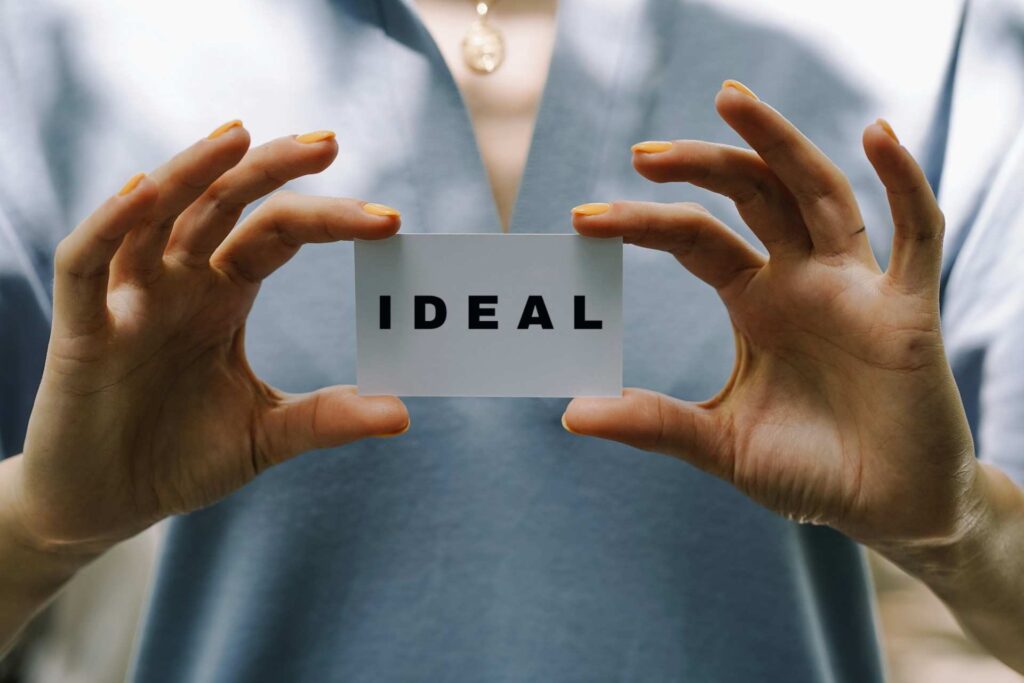In an era dominated by LinkedIn connections and virtual contact exchanges, the humble business card might seem like a relic from a bygone age. Yet walk into any networking event in 2025, and you’ll still find people handing over those small rectangles of card stock. The question is whether they still hold genuine value in modern professional life.
Business cards have evolved rather than disappeared, adapting to new technologies whilst maintaining their core function: facilitating human connection. Their role has shifted, and understanding when and how to use them has become more strategic than ever.
The Case For Business Cards In The Digital Age
Despite predictions of their demise, business cards persist for compelling reasons. They provide an instant, friction-free way to exchange contact information without unlocking phones or dealing with patchy Wi-Fi at crowded venues. Handing over a card takes seconds and creates a tangible reminder of your interaction.
There’s also something psychologically powerful about the physical exchange. A well-designed card engages multiple senses and creates a stronger memory trace than a digital interaction, particularly relevant when you’re trying to stand out among dozens of new contacts.
In certain industries and cultural contexts, business cards remain essential. In China, míng piàn are considered an extension of one’s ‘face’, whilst Japanese business culture treats the exchange of ‘meishi’ with ritual significance, and arriving without cards would be deeply unprofessional. In luxury goods, architecture and creative industries, a beautifully crafted card serves as a miniature portfolio piece, demonstrating attention to detail.

The Evolution Of The Business Card
Modern business cards have adapted considerably from their traditional predecessors. The most significant innovation has been the integration of QR codes, which bridge the physical and digital worlds. A well-placed QR code can direct recipients to your LinkedIn profile, digital portfolio or booking calendar, combining tangibility with dynamic digital content.
This evolution has prompted practical questions. How small can a QR code be on a business card? What information deserves precious card real estate in 2025? Should you include social media handles for every platform, or focus on key channels?
Smart business cards with NFC chips allow recipients to tap the card against their smartphone to instantly save contact details. Whilst more expensive, they appeal to tech-forward professionals. Some have taken customisation further, using unusual materials like metal or wood, or incorporating functional elements, though these work best when they align authentically with your brand.
When Business Cards Still Make Sense
Business cards prove most valuable in specific scenarios. Networking events and conferences remain their natural habitat, where you might meet dozens of contacts in rapid succession.
They’re particularly useful for client-facing roles where you regularly meet new people who might need your services later. Estate agents, consultants and photographers benefit from leaving behind a physical reminder that sits in someone’s wallet, ready when needed.
First meetings and job interviews occasionally call for cards, though this varies by industry. Travel presents another strong use case, especially when dealing with language barriers or limited mobile data.
When You Can Skip The Cards
Conversely, business cards have become genuinely redundant in many situations. Within your own organisation, they’re largely unnecessary as colleagues can find your details through internal systems.
Purely digital businesses, particularly tech startups, often eschew business cards entirely. If your primary networking happens on X or GitHub, physical cards may feel incongruous with your professional identity.
For young professionals just starting out, particularly those whose roles might change within a year or two, investing in printed cards offers diminishing returns. Gen Z professionals have shown less attachment to business cards, preferring to connect via Instagram or LinkedIn, suggesting their ubiquity may decline as digital natives rise through professional ranks.

Designing An Effective Modern Business Card
If business cards serve your professional needs, designing them thoughtfully matters. Include only essential information: full name, job title, company, phone number and email address. Your physical address matters less unless clients need to visit. One or two key social media handles make sense if they’re genuinely professional channels.
The design should be clean, readable and aligned with your brand. Overly clever designs that sacrifice legibility defeat the card’s purpose. Font sizes should be easily readable, with nothing smaller than 8 point type.
Quality matters significantly. Cheap, flimsy cards suggest you’re cutting corners, whilst thoughtfully produced cards convey attention to detail. Consider the back as valuable real estate for a QR code, elevator pitch or key services list.
The Hybrid Approach: Physical & Digital Together
The most effective modern approach combines physical and digital elements. Your business card becomes an entry point to your broader digital presence, which is where QR codes earn their place, offering a seamless transition from the physical card to your curated online profile.
Digital business card platforms like HiHello and Popl allow you to create virtual cards that can be shared via text or email whilst maintaining a physical version for face-to-face encounters. Some professionals maintain a small stash of physical cards specifically for situations where they shine, whilst defaulting to digital exchanges for routine networking.
The Bottom Line
Do business cards still matter in 2025? They matter for some people in some situations, but they’re no longer universally essential. Their role has shifted from default to strategic tool, valuable when they serve a genuine purpose but skippable when digital alternatives work better.
The professionals who benefit most are those who regularly network face-to-face, work in client-facing roles, operate in industries where cards remain standard, or want a physical touchpoint that reflects their brand. For purely digital professionals, young people early in their careers, or those whose networking happens primarily online, business cards have become optional.
What matters most isn’t whether you carry business cards, but whether you’ve thoughtfully considered how you facilitate professional connections. That might involve beautifully designed cards with QR codes, digital-only solutions, or a hybrid approach. The medium is less important than the genuine connections you build.





